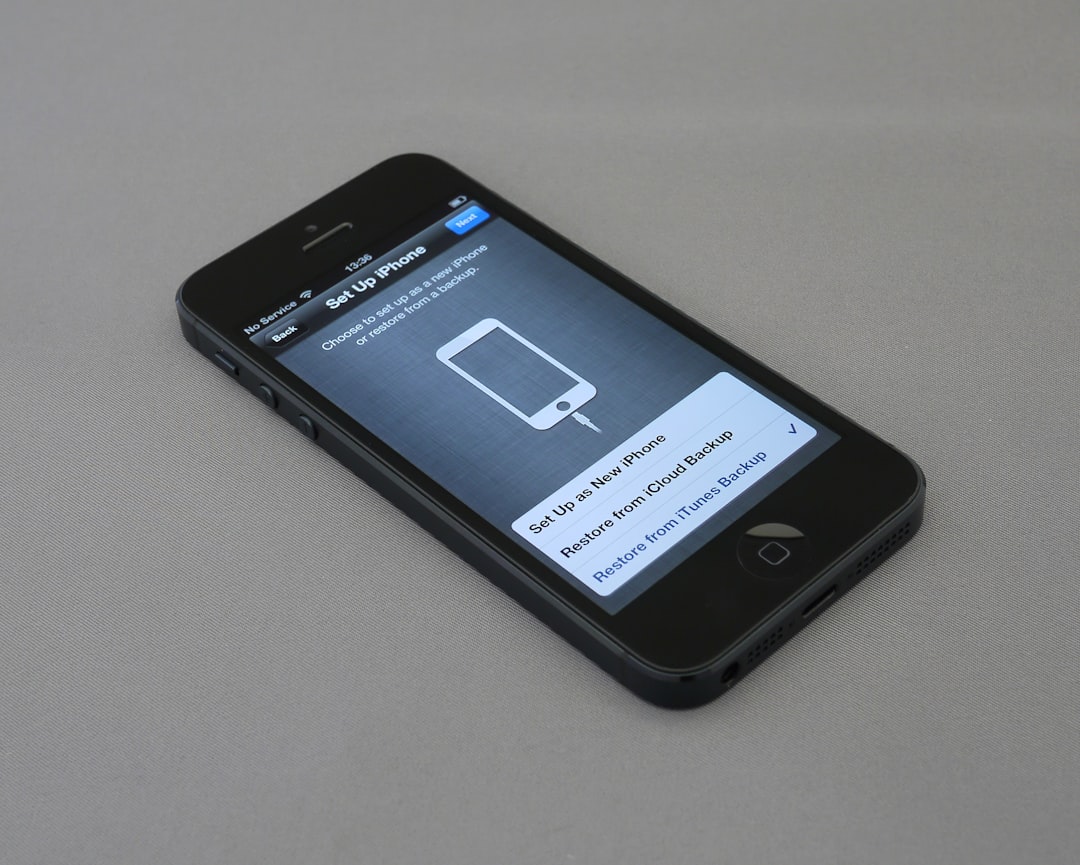In 2025, the number of photos captured and stored around the world continues to rise exponentially. With the ubiquity of smartphones, the integration of high-quality cameras in everyday devices, and the rise of AI-enhanced photography, managing this ever-growing collection has become as critical as it is challenging. Whether you’re a professional photographer or an everyday smartphone user, organizing your photo library is essential to ensure your images are accessible, safe, and enjoyable to revisit.
The Shift Toward Smarter Photo Management
Gone are the days of simply dragging photos into folders labeled by vague event names. In today’s digital landscape, photo organization is powered largely by machine learning, cloud-based storage, and smart categorization tools. Modern photo management platforms such as Google Photos, Apple Photos, Amazon Photos, and emerging AI-based services are transforming the way we store and search for images.
In 2025, photo libraries are not just digital shoeboxes; they’re intelligent hubs. These platforms use facial recognition, object detection, geo-tagging, and even mood recognition to categorize your images with minimal human intervention.

Why Organizing Your Photo Library Matters
While cloud platforms have made it easier to store unlimited photos, organization remains key. Here’s why:
- Efficiency: Easily retrieve specific images when needed without endless scrolling.
- Memory Preservation: Celebrate and preserve personal history in a coherent timeline.
- Security: Organized backups help protect against data loss or file corruption.
- Sharing: Curated albums make it easier to share polished collections with friends or clients.
Key Strategies for Photo Organization in 2025
1. Use Metadata to Your Advantage
Modern cameras and smartphones embed rich metadata into each image file, including time stamps, GPS coordinates, and device information. When uploaded to platforms like Apple Photos or Google Photos, this metadata allows the services to automatically sort photos by date and location.
Tip: Use apps that let you edit or add metadata manually. This is particularly useful for scanned images or older photos that lack metadata.
2. Embrace AI-Powered Tagging and Searching
AI tagging has evolved significantly. In 2025, you can search your library for “dog on beach at sunset” and get highly accurate results. Facial recognition has become more accurate and customizable, even recognizing individuals from baby to adulthood.
You can now apply tags based on:
- Emotion (e.g., happy, surprised, relaxed)
- Events (e.g., weddings, concerts, vacations)
- Objects and Scenery (e.g., mountains, bicycles, coffee cups)
3. Curate Smart Albums
Smart albums update themselves based on criteria you set. Want a folder of all skiing trips with your best friend? Simply tag the location, activity, and person, and the album updates automatically as new relevant images are added.
Pro tip: Use a mix of smart and manual albums. While smart albums automate discovery, manual ones allow for personal curation and storytelling.
Advanced Tools and Features
Cross-Platform Integration
From iOS to Android and Windows to Mac, photo-management tools are more integrated and compatible than ever before. Cloud storage services such as Dropbox, OneDrive, and iCloud sync photos in real time across devices, allowing seamless resizing, editing, and sorting.
New in 2025: Many services offer AR/VR viewing of photo libraries, letting you walk through your memories as immersive galleries.
Declutter with AI Suggestions
AI tools now auto-suggest photos to delete or archive. Duplicates, screenshots of receipts, blurry shots, and ten versions of the same selfie? AI filters these and suggests the best one to keep, saving time and space.

Photo Editing Integration
No need to juggle between apps. In 2025, most photo management platforms include sophisticated editing suites powered by AI. Features like noise reduction, color correction, and blemish removal are now mostly automated and can be applied during upload.
Best Practices for Organizing Your Photo Library
By integrating automation with intentional organization, you can enjoy the best of both worlds. Here are some best practices:
- Consolidate Photos: Bring all your photos together from various sources—phones, external drives, old CDs—into one central system.
- Regular Maintenance: Schedule monthly or quarterly sessions to delete duplicates, tag new photos, and update albums.
- Use Consistent Naming: Use a naming convention like YYYY-MM-DD Event Name when creating folders to preserve chronological order.
- Leverage Cloud Backups: Always have at least one cloud backup and one local (external drive) backup.
- Use Shared Albums: Create shared albums for family events so everyone contributes and views images in one place.
Privacy and Security Considerations
As AI and cloud platforms grow, so do concerns about privacy. In 2025, photo applications have begun offering greater transparency and control over your data. Opt-in facial tagging, encryption, and private labeling are becoming standard features.
- Encrypt Sensitive Images: Use apps with built-in privacy modes for certain albums.
- Control Access: Always verify sharing settings, especially when using shared cloud folders.
- Read the Fine Print: Know who owns the rights to your images uploaded to public cloud services.
Future Trends in Photo Organization
Looking forward, photo libraries may evolve beyond simple archiving toward dynamic storytelling. Imagine AI that creates memory reels—complete with soundtracks, captions, and video snippets—based on your year in photos.
Other emerging trends include:
- Voice-Activated Photo Search: Ask your smart speaker to show all “photos from summer 2023 with my dog at the lake.”
- Mood-Based Curation: Select images for a “happy moments” album powered by emotional recognition tech.
- 3D Mapping: Organize photos on a globe interface, with pins representing the places you’ve visited.

Conclusion
As we navigate 2025, organizing your photo library is no longer a chore—it has become a seamless, intuitive, and even enjoyable process thanks to advancements in artificial intelligence, cloud computing, and intuitive UX design. With smart tools doing most of the heavy lifting, users can focus less on the mechanics of storage and more on what matters—reliving life’s best moments and sharing them meaningfully.
So whether you have 5,000 or 500,000 photos, investing a little time in setting up your systems today will pay off for years to come. Your future self will thank you for the organized memories—beautifully preserved, easy to find, and ready to be remembered.

